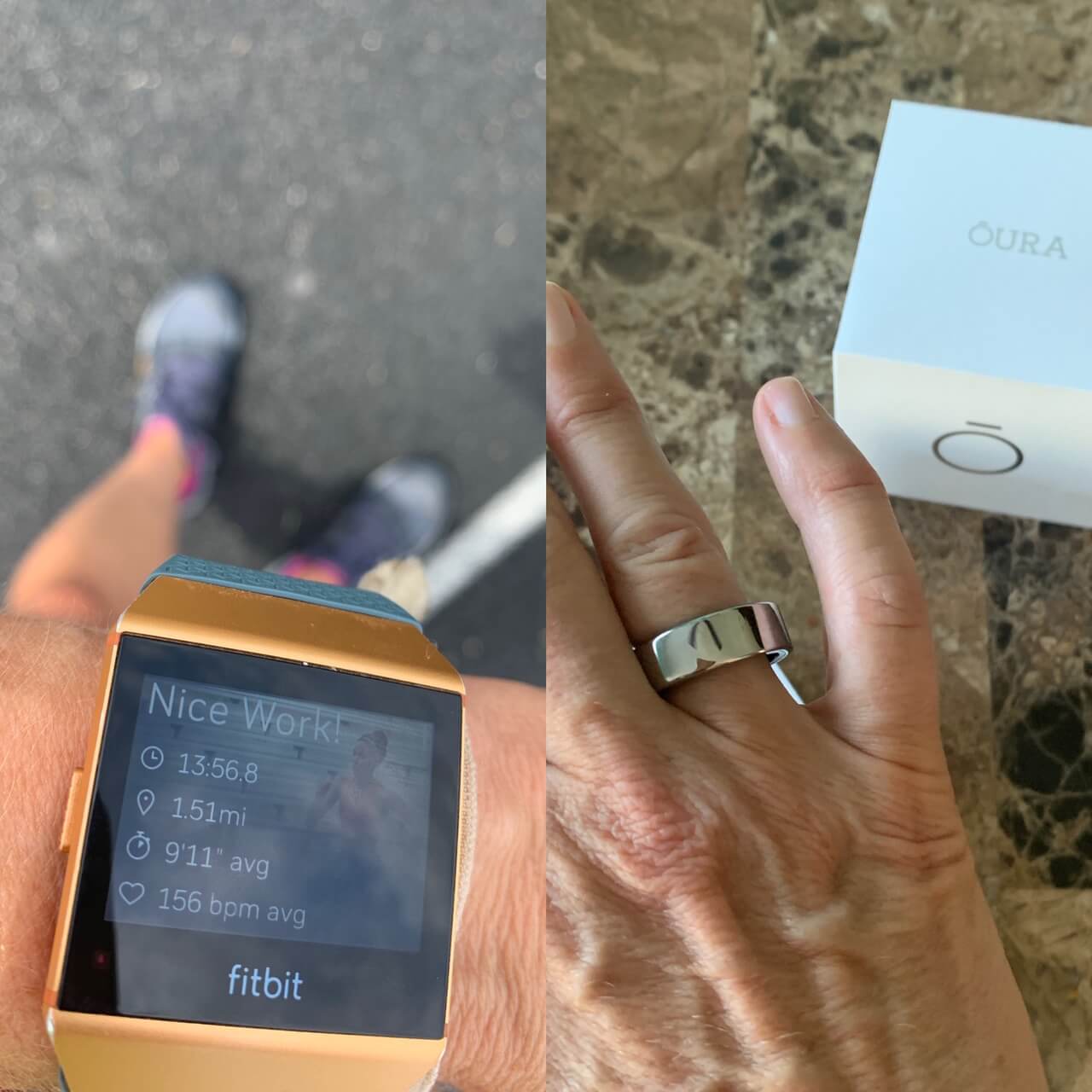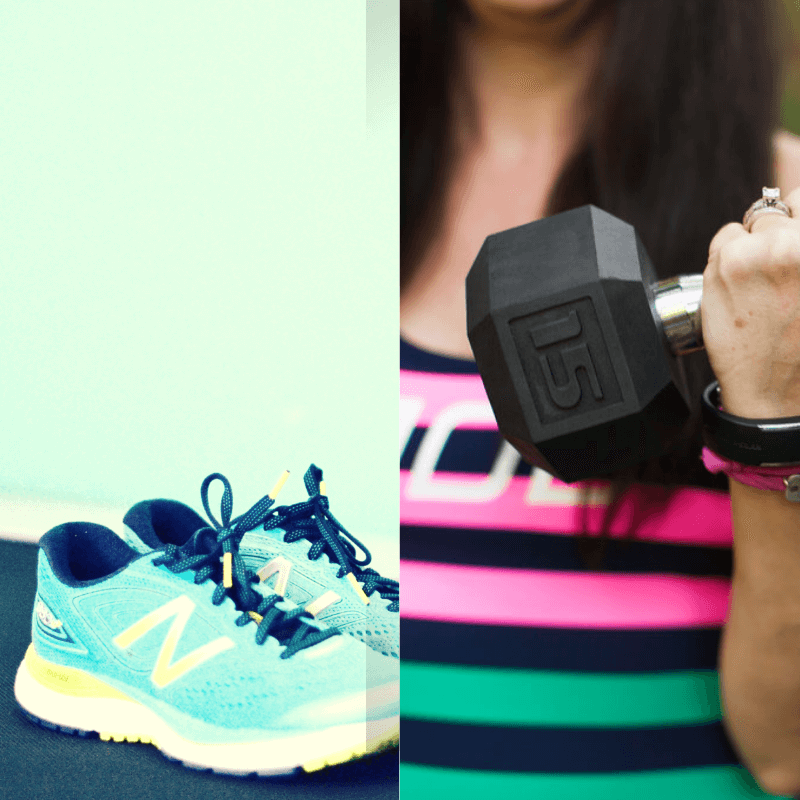Welcome to week three of the nine-week holiday challenge. Have you been following along? Are you still with us? The challenge was created to help you build and cultivate healthy habits during the busiest time of the year.
If you don’t have the time or energy to go 100% into your fitness goals as we close out the year, join my challenge to focus on healthy habits instead. Those habits will build the foundation of a healthy lifestyle that will serve you for years to come, well beyond these nine weeks.
Here’s the truth: A habit change challenge is not as exciting as a challenge that promises you will shed 30 pounds in 30 days, but a habit challenge will breed sustainable results.
Forget about quick fixes and focus on the actions that will fundamentally change how you approach each day. You could starve yourself for 30 days and over-exercise, but if it is not sustainable, any progress you make will be reversed when you can no longer maintain the behavior.
Often you end up worse than you started, feeling like you somehow failed yourself. But you didn’t fail, the program that promised a quick fixed failed you. Changing habits is not easy. It takes work. It takes hanging in there when it seems slow and boring. If you’re still here, congratulations!
If you’re working on your habits, then you’re one of the few doing it the right way. It’s not an overnight process, it’s not a quick fix, but it’s the surest way to a sustainable, healthy lifestyle. It’s the way you live life your life day in and day out that largely determines your health and weight. The process takes longer, but it lasts forever.
Week one was about awareness of added sugars in your food. Week two was about eating enough protein. For the third week in the challenge we are going to step temporarily (pun intended) away from nutrition and focus on intentional movement.
nine-week holiday challenge: move intentionally. Save to your favorite Pinterest board for later.
Challenge Week Three: Add Intentional Movement Three Separate Times Each Day.
Intentional movement could be formal exercise like running, walking, Yoga or going to the gym, even if it’s just for 15 minutes.
It could also mean taking the stairs instead of the elevator. It could mean parking farther away from the door at the grocery store or at work. It could mean pacing while talking on the phone for fifteen minutes, or pacing while you look at social media or read blog posts (indoors only please).
Intentional movement doesn’t have to take a lot of extra time, but it must be intentional. If you walk around the grocery store, it doesn’t count (unless you usually ride in the buggy or have your groceries delivered). If you walk to the bathroom, it doesn’t count (unless you purposely choose a restroom on a different floor and take the stairs to get there).
If you exercise once for thirty minutes, still try to add intentional movement into your day two more times. If you don’t exercise at all, then aim for three bouts of intentional movement.
How can you get creative with movement? Take a lap around the building at lunch. Walk across the street to visit a neighbor instead of texting them. Take the long way. Do you have any ideas for intentional movement that I didn’t mention? Leave them in the comments or in our Facebook group!
Your challenge this week is to add intentional movement three times per day, every day. It doesn’t take a lot of time, but it takes a commitment from you.
Get up and move around, even if it’s just for 10-15 minutes at a time. When regular movement becomes a habit, it adds up. When you do it every day, day in and day out, the results begin to snowball. Exercise when you can, but make additional intentional movement your daily habit.
Are you in? Join us on Facebook. Discuss your progress, problems or ask questions.
Add your email address so you don’t miss any future challenges.
Did you like this post? It helps me a lot when you share with your friends and followers.














The single-leg deadlift is one of the most effective exercises for runners to improve balance and build independent hip and leg strength to run strong and reduce the chance of injury. Learn to perform the single-leg deadlift properly, and how to progress the exercise for continuous improvements.